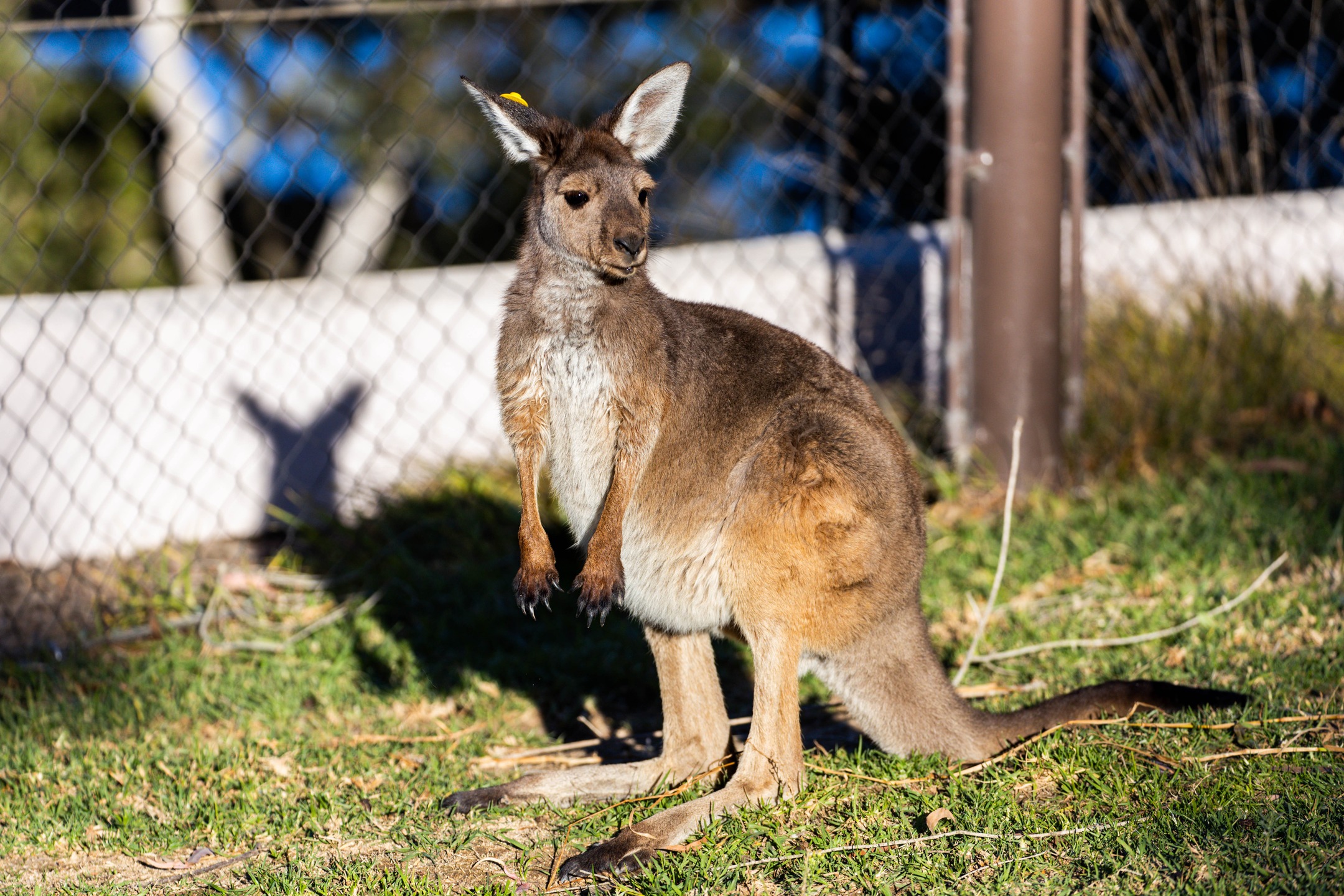- Western grey kangaroos’ acute hearing plays a critical role in their survival and interaction with the environment.
- The adaptability and physical characteristics of Western grey kangaroos make them well-suited to their habitats.
- Understanding the behavior and social structure of Western grey kangaroos offers insights into their daily lives.
- Conservation efforts are essential to maintain the balance of ecosystems inhabited by Western grey kangaroos.
- The role of zoos in education and conservation enhances public awareness and appreciation for wildlife.
Western grey kangaroos are remarkable animals, particularly noted for their acute sense of hearing. This ability is not merely for eavesdropping on distant sounds but plays a significant role in their survival. With ears that can swivel independently, Western grey kangaroos can precisely locate predators and other threats long before they pose a danger. This sensory acuity is crucial, as it allows them to respond swiftly to changes in their surroundings, thus playing a pivotal role in their behavioral ecology.
This acute hearing is coupled with their ability to leap great distances and reach speeds of up to 35 miles per hour in short bursts. These physical traits make them adept at navigating the varied landscapes of southern and western Australia. Their lithe bodies, powerful hind legs, and muscular tails, used for balance, are perfectly adapted to the vast open plains and dense scrublands they call home.
Western grey kangaroos also display fascinating social behaviors. They live in groups known as mobs, which have complex social structures. These groups provide safety in numbers and facilitate learning from one another, especially important for young joeys as they develop their survival skills. Social interactions within the mob are intricate and involve a variety of communications, from foot thumping to vocalizations, further showcasing their keen sense of hearing.
Conservation of Western grey kangaroos involves understanding and preserving their natural habitats. Habitat degradation and human encroachment pose challenges that need addressing to maintain ecological balance. Historically, kangaroos have been affected by land development, hunting, and climate variability. Conservation strategies often include habitat protection, sustainable management practices, and population monitoring to ensure kangaroos continue to thrive in their native regions.
Zoos offer unique opportunities for conservation and education. They provide insights into the lives of species like Cornelius the Western grey kangaroo. By engaging visitors, zoos foster a deeper understanding and appreciation for wildlife, highlighting the importance of maintaining biodiversity. Engaging exhibits, where people can observe the behaviors and adaptations of these animals, are crucial in bridging the gap between distant ecosystems and urban populations.
Through these interactions and educational experiences, zoos play a vital role in promoting wildlife conservation and safeguarding species for future generations.
*****
Source Description
Cornelius the Western grey kangaroo heard you coming! 👂🔊🦘
Western grey kangaroos have an acute sense of hearing and can swivel their ears in all directions to focus in on sounds far away. See for yourself on a stroll through the Australian Walkabout, open daily from 10 AM to 4 PM!
Alt-text: Cornelius the Wester grey kangaroo stands up as the sun lowers over the horizon. We see his right and left ears pointed in different directions as he listens to his surroundings.


